Bongos, Solar Bags & Lion Trouble in Africa
"There are no poor countries, only failed systems of resource management.”
THE AMERICAN PHILOSOPHER AND PROFESSOR NOAM CHOMSKY, AT THE AGE OF 95, 1928
Kenya’s Critically Endangered Bongos Get a New Beginning
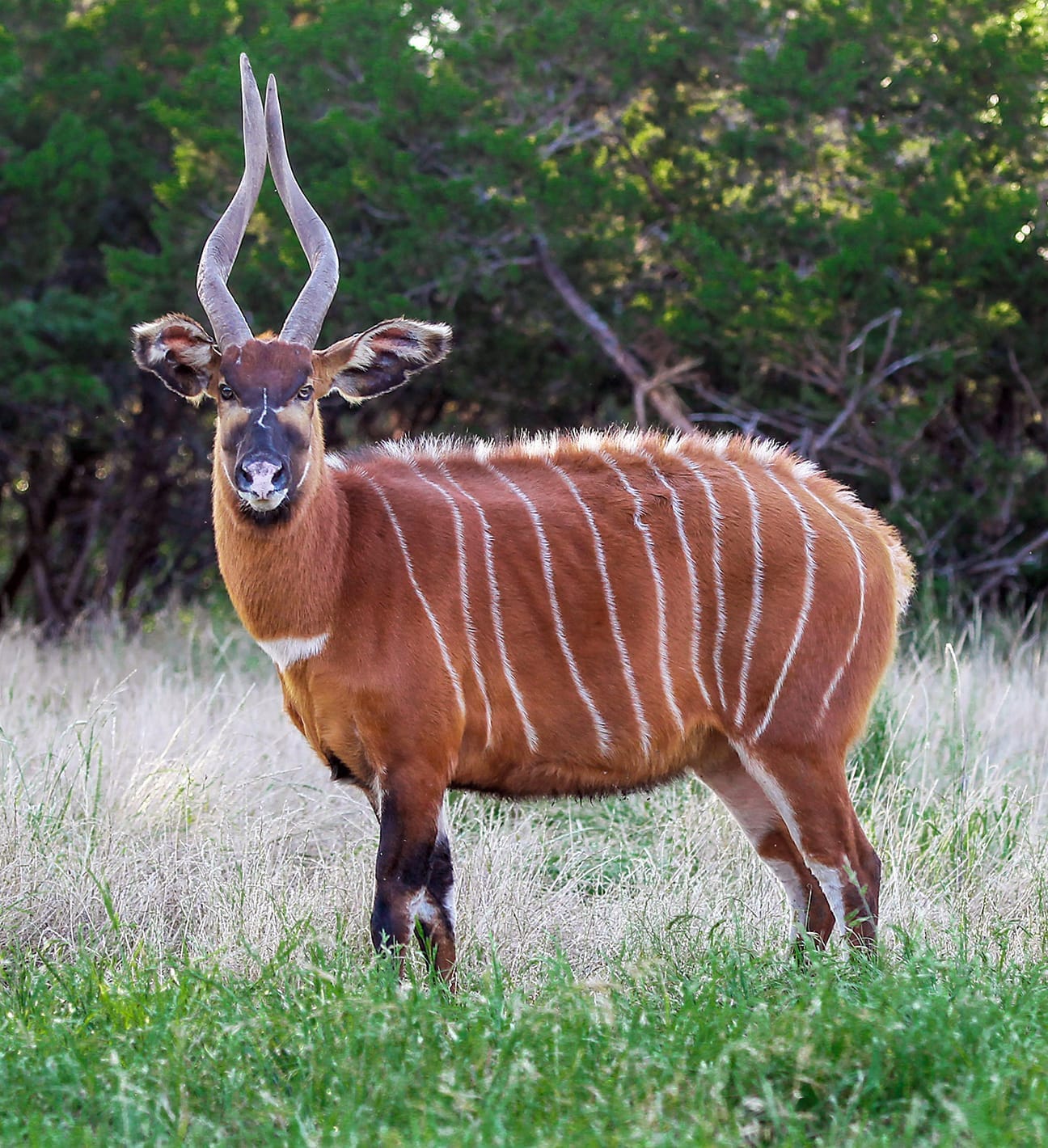
The Mountain Bongo was originally only found in Kenya. Working towards increasing the populations of this very rare species the Kenya Wildlife Service (KWS) received a further 17 of these critically endangered animals from the Rare Species Conservation Foundation in Florida USA. In May 2024 Kenya had received 10 of these antelope from the USA, which have settled successfully.
In the 1970s there was an estimated 500 bongos, now it is estimated that only 100 remain in the wild in Kenya due to habitat loss, poaching, illegal activities, and disease.
Initially the newly arrived bongos will be kept at the Mawingu Mountain Bongo Sanctuary in Nanyuki, Kenya - the world's first sanctuary dedicated to this species. Established through collaborations between Kenyan and American partners, the sanctuary provides a secure environment for breeding and rewilding efforts.
Can 3D Wildlife Scanning Replace Specimen Collection in Africa?
No animals harmed as wildlife specimen collection goes digital in 3D
We came across a fascinating article on the environmental news website Mongabay about research new species using technology rather than euthanising the specimens for research purposes.
Is this 3D technology being used by researchers in Africa? If so we would appreciate hearing from you!
Solar-Powered Backpacks Transform Education in Tanzania
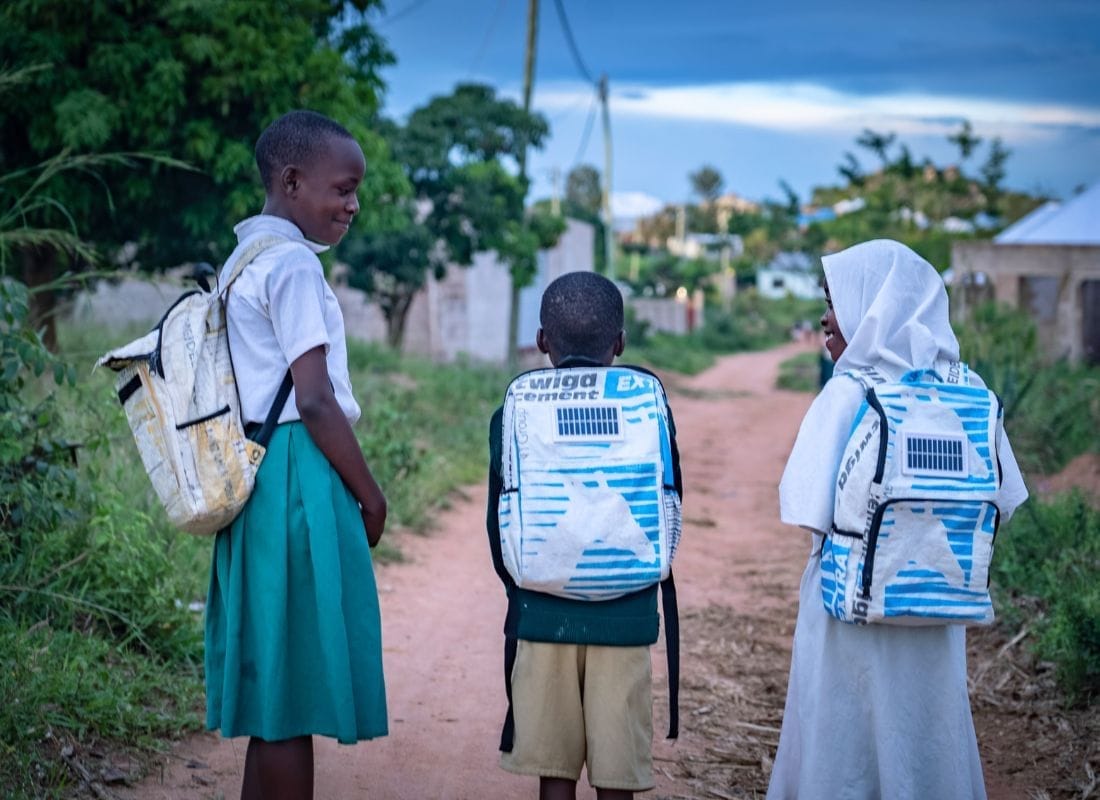
Innocent James, with funding from United Nations Development Programme (UNDP) has developed this wonderful innovative idea of a rucksack that generates enough solar power to charge a reading light.
The Tanzanian company, Soma Bags (soma is Swahili for “reading”) makes the galvanic gear from old cement bags and small photovoltaic panels that store energy during the day.
As the sun sets at 7pm every night in Tanzania – because it’s right by the equator – the firm is providing an “invaluable energy source” for young readers to read and do homework at night without relying on dangerous kerosene lamps or candles.
This project has also created much needed work and income in the manufacturing process, so far over 36,000 bags have sold across Africa.
Too Many Lions? Balancing Predator Populations in Malawi
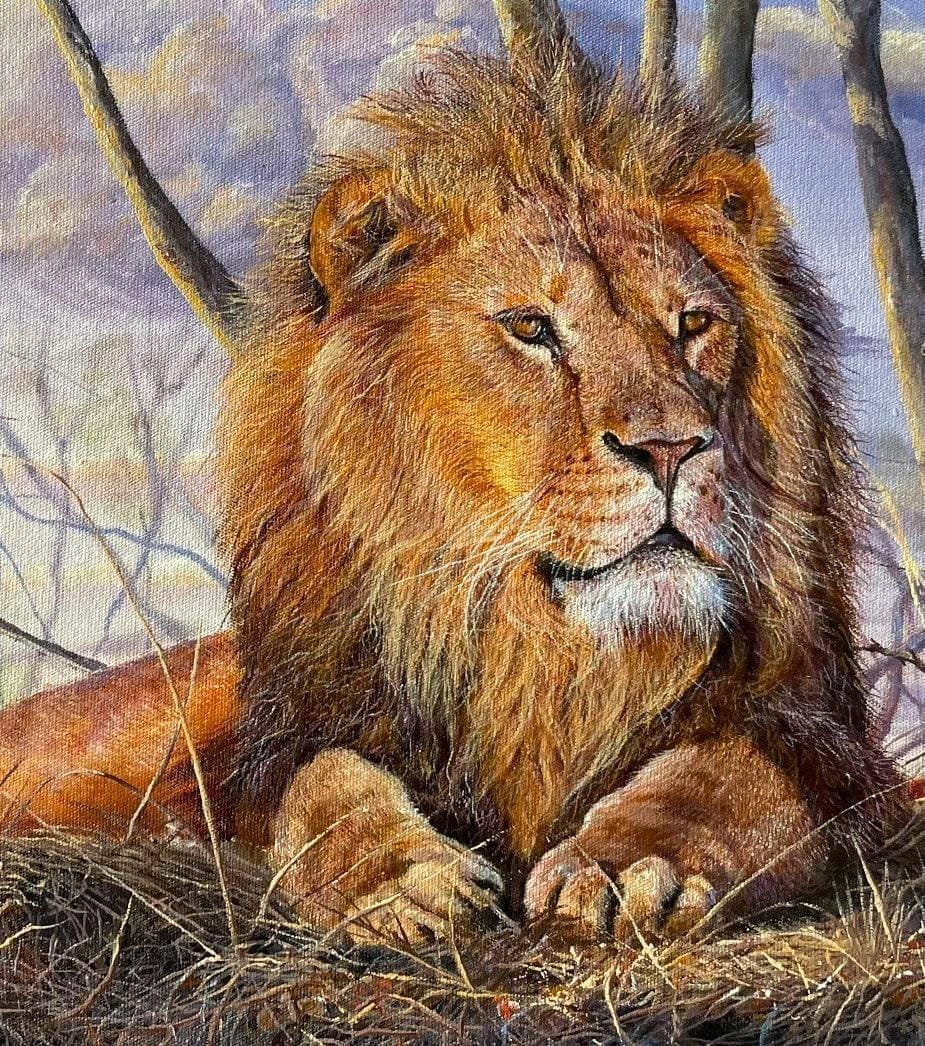
Painting of lion by Nicholas Jim.
An Africa Talks selected artist - view his work here
Established in 1951, Majete Wildlife Reserve in southern Malawi suffered decades of rampant charcoal production and poaching that wiped out all rhinos by the 1980s, all large carnivores by the 1990s and all elephants by 1992 when the last one was poached, according to the wildlife reserve’s conservation history.
In 20212 African Parks brought three lions to this 700 sq km/270 sq mile wildlife reserve ending the big cats’ 30-year absence.
Now the number of lions is estimated at 80-100, raising the risk of conflict between humans and wildlife as other animals flee from these top predators.
To ensure balance in the eco-system African Parks have been giving some lionesses contraception: “The management strategy focuses on maintaining ecological balance, ensuring that predator and prey populations remain sustainable.” says Craig Thomas, conservation manager at the reserve.
Must-Read Books:
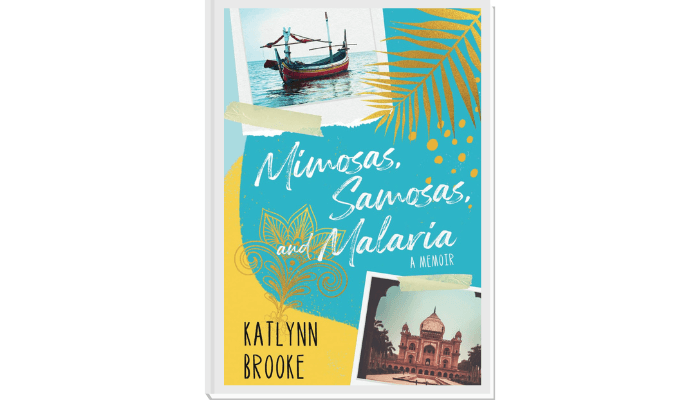
Mimosas, Samosas and Malaria
by Katlynn Brooke
Mimosas, Samosas and Malaria by Katlynn Brooke is the fascinating sequel to her extremely popular memoir Tea, Scones and Malaria.
With raw honesty she shares the joys and sadness, experiences, unusual travel destinations and interesting people she meets along the way.
Have You Written a Book About Africa?
Whether it’s a memoir, historical account, children’s book, fiction, or nonfiction guide, we’d love to feature it!
Submit your book for review and let’s share your story with the world.
Email us at hello@africatalks.co.uk to get started!

Meet Moreangels Mbizah: Zimbabwe’s Conservation Powerhouse
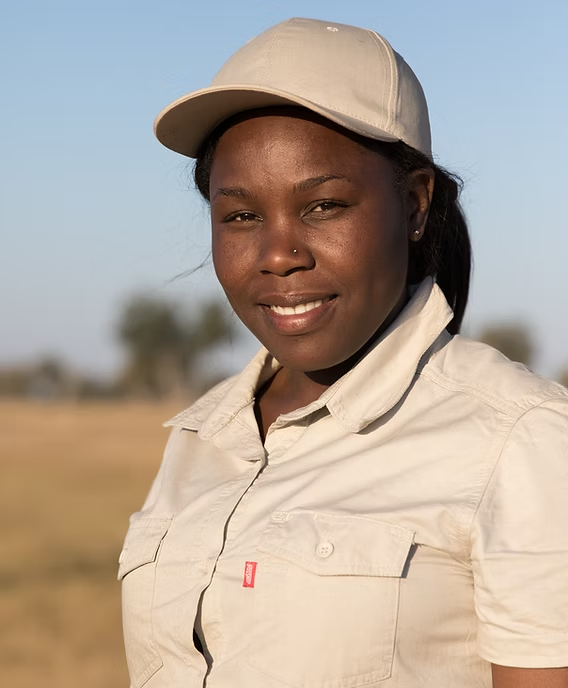
Hats Off to Dr. Moreangels Mbizah – Zimbabwe’s Conservation Powerhouse
A conservation biologist with a PhD from Oxford, Dr. Moreangels Mbizah is the Founder and Executive Director of Wildlife Conservation Action – an organisation dedicated to fostering coexistence between people and wildlife in Africa.
Moreangels is not only a brilliant academic, but a passionate advocate for community-based conservation.
She’s committed to finding innovative, sustainable ways for communities living alongside wildlife to benefit from their protection – transforming conflict into cooperation.
In her own words:
“I am passionate about community-based conservation and I am working on developing innovative ways of promoting human-wildlife coexistence in communities living adjacent to wildlife areas and finding ways for communities to benefit from living with and protecting wildlife.”
Her work is a shining example of conservation that’s not only about animals – but about people, dignity, and long-term impact.
What Is a Transfrontier Conservation Area? (TFC)
This is when large ecological regions, terrestrial and marine, straddle the boundaries of two or more countries, creating a protected area and resource-use zones.
The largest in Africa is the Kavango-Zambezi Transfrontier Conservation Area, or KAZA, which lies in the Kavango and Zambezi River basins where Angola, Botswana, Namibia, Zambia and Zimbabwe converge. It covers some 520,000 square kilometres.
The vision of KAZA is to manage the Kavango Zambezi ecosystem sustainably, as well as its heritage and cultural resources, based on the best conservation and tourism models for the socio-economic well-being of the region’s communities.
TFC’s are important wildlife areas in many parts of Africa such as Malawi/Zambia, South Africa/Mozambique, with currently 18 in the SADC countries.
New Agreement Protects Africa’s Endangered Penguin
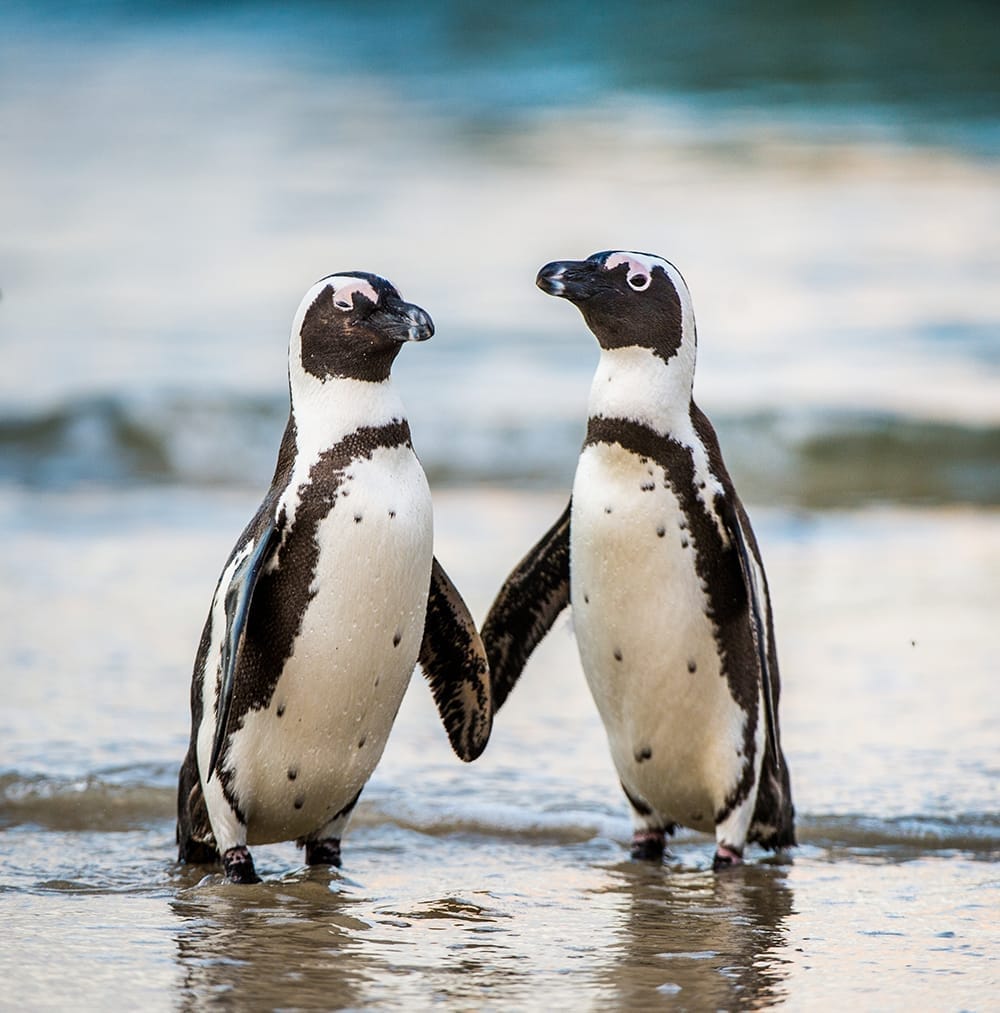
Western Cape conservation agency CapeNature has welcomed the agreement reached between the fishing industry, BirdLife South Africa and the Southern African Foundation for the Conservation of Coastal Birds.
This has been endorsed by the South African Department of Forestry, Fisheries and the Environment (DFFE) to protect the critically endangered African penguin.
Reforesting Malawi’s Mulanje Cedar to Save Its Forest Legacy
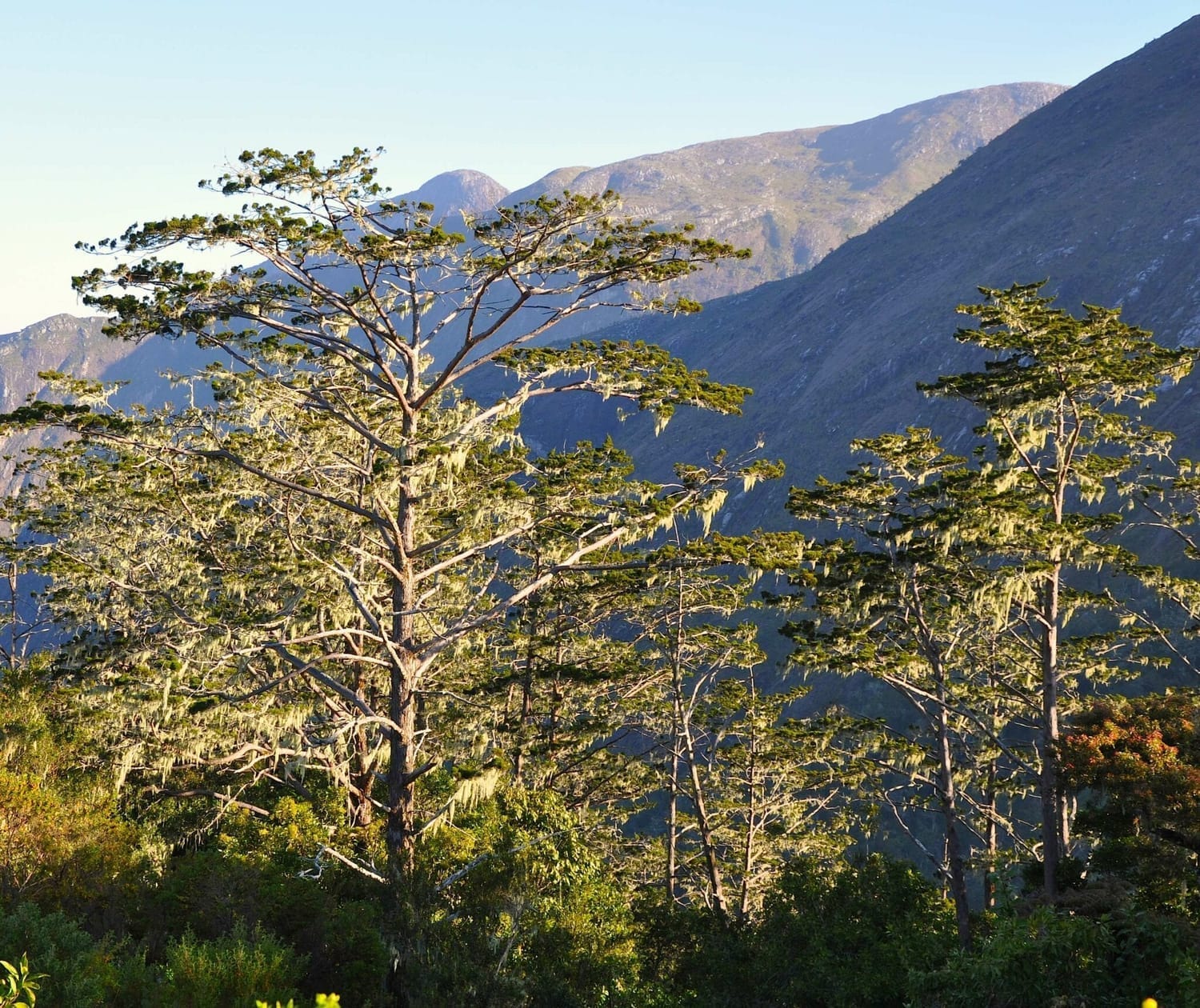
Reforestation is the strongest land-based tool for removing carbon and restoring biodiversity, but only if done correctly.
A new Science study found that restoring forests where they historically existed provides far greater benefits than afforestation (planting trees in previously unforested areas) or bioenergy cropping (growing fast-growing plants for biofuels).
The research, analysing data on 14,000 vertebrate species, shows that habitat destruction affects wildlife more than climate change.
Plan Your African Adventure – Before It’s Too Late!
NOW is time to plan, or pack for your special trip to Africa!
So much to see and do – but some people are leaving it too late to book and their favourite destinations and guides are full.
Planning a trip?
Our expert recommendations are FREE! – explore our favourite African Destinations & Lodges now.
Did You Know? Startling Facts About Africa’s Hippos:
That hippos are the third largest living land mammal, cannot swim and though herbivorous they have been known to occasionally feed on animal carcasses!
They have been known to attack and eat wildebeests, zebras, kudu as well as other hippos in cases of cannibalism.
They also steal meat from other predators!
We hear the sound of lions calling, the ground hornbill announcing it's morning, and the rustle of the long grass behind us – is Africa calling you too?
Lesley & Ian Thomson
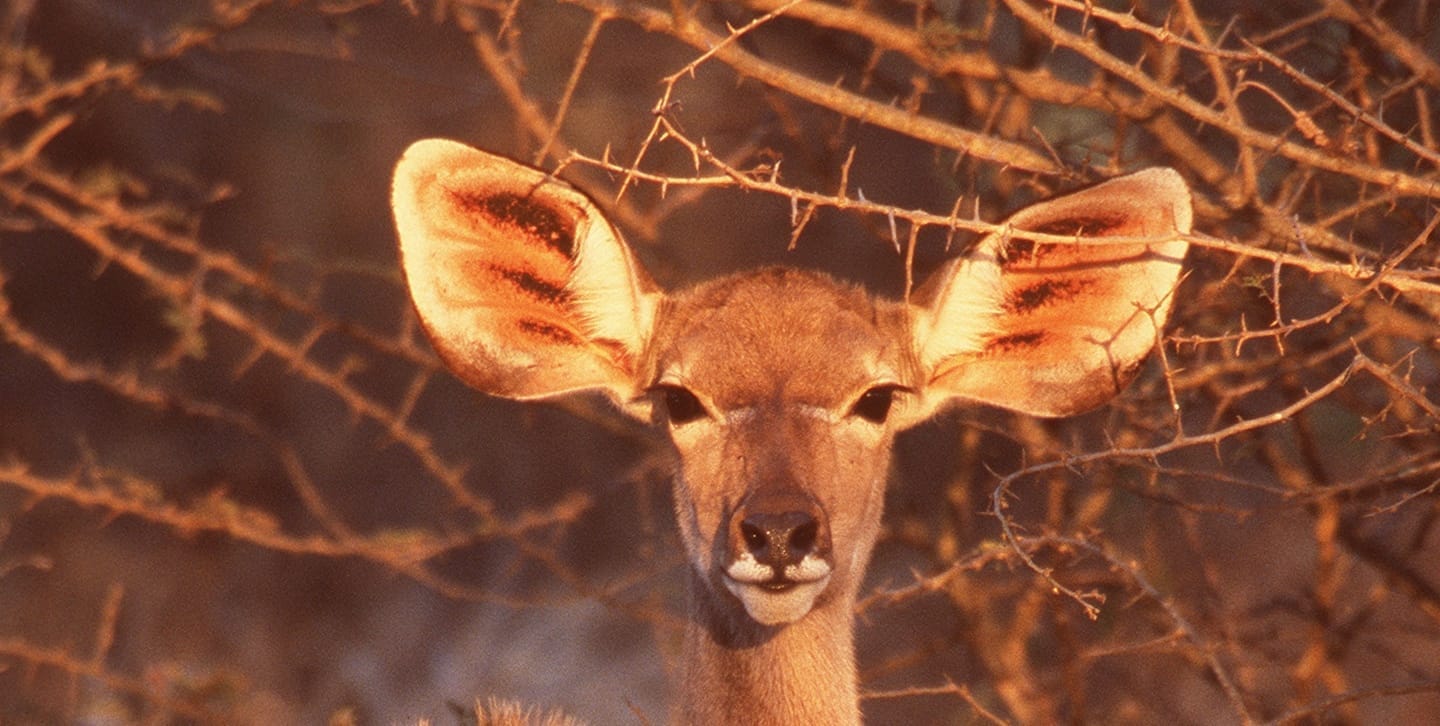
Reader Voices: From Zimbabwe to France, Your Messages Inspire Us
"Keep up the good work, it is more important today than ever. Thank you."
George, Zimbabwe.
"I am working on a new dimension for protection of our Rhino so will be in touch and would be grateful for you suggestions and inputs."
Barry, South Africa
"Let me know how I can help"
Silvana, France
"Thank you always"
Elias, Uganda
"Hi Lesley and Ian.
For my experience I think poverty is source of all troubles on our environment and our wild animals. Our poverty blocks people's desire to research more on how to research for proper way to harvest our resources.
Sometimes we hear people even dare to sell their kidneys without considering the terrible consequences.
I think now we are in the era of destructing ourselves."
Charles, Tanzania
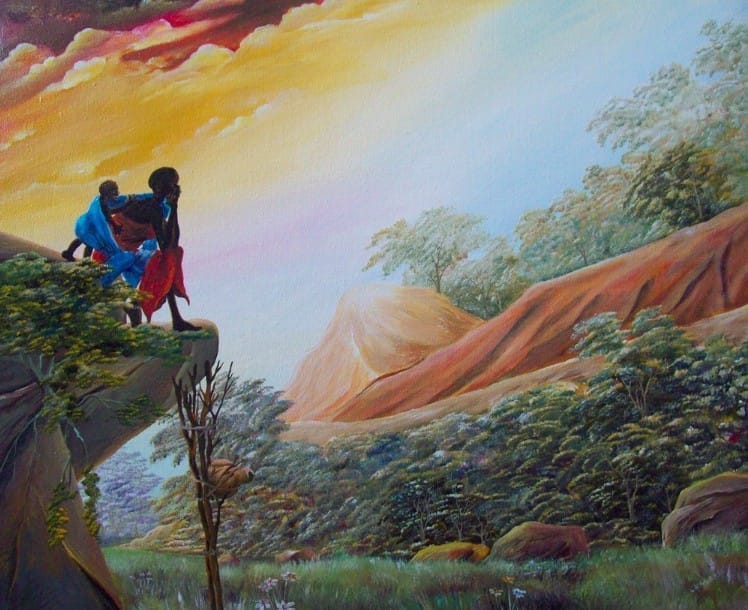
'African Woman Resting on a Rock' by Charles of Chasaki Art
Get your FREE 'Diaries From Africa' Newsletter!
Advertise With Us
Help bring the news of Africa to more people by sharing your books, art, services, and destinations!
We are excited to feature African authors, books about Africa, stunning African artwork, and captivating destinations. Sign up now to share your story and connect with culture enthusiasts worldwide.
Let’s work together to spread the richness of African culture to a broader audience!
Buy The Book!

"In The Derelict House, Lesley Cripps Thomson vividly conveys the fun and the frustrations of living and working in the African bush.
Enlivened by the many characters who pepper the pages, her book also paints a colourful picture of the wildlife scene.
For those who aspire to sample wild Africa for the first time, and for those who have already fallen under its spell, this is an excellent read!"
Explore More Categories:
Love Africa? Get Exclusive News, Offers & Insights, FREE!
Immerse yourself in captivating stories, breathtaking travel insights, and exclusive updates celebrating the heart of Africa!
Advertise With Us
Whether you're promoting books, showcasing art, highlighting travel destinations and lodges, or offering unforgettable safari experiences, advertising with us gives you the perfect platform to connect with an engaged audience passionate about discovering the essence of Africa.
Whilst great care is taken to check all facts AFRICA TALKS does not hold itself responsible for any information that may be deemed incorrect. Opinions quoted are those of the person/people submitting them and are not necessarily those of Africa Talks.



